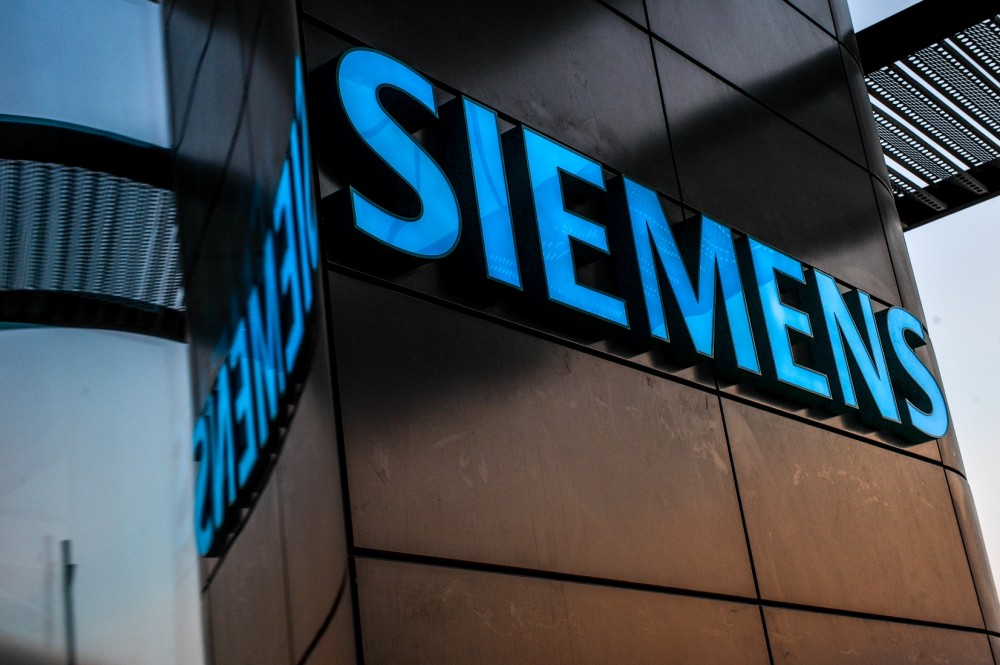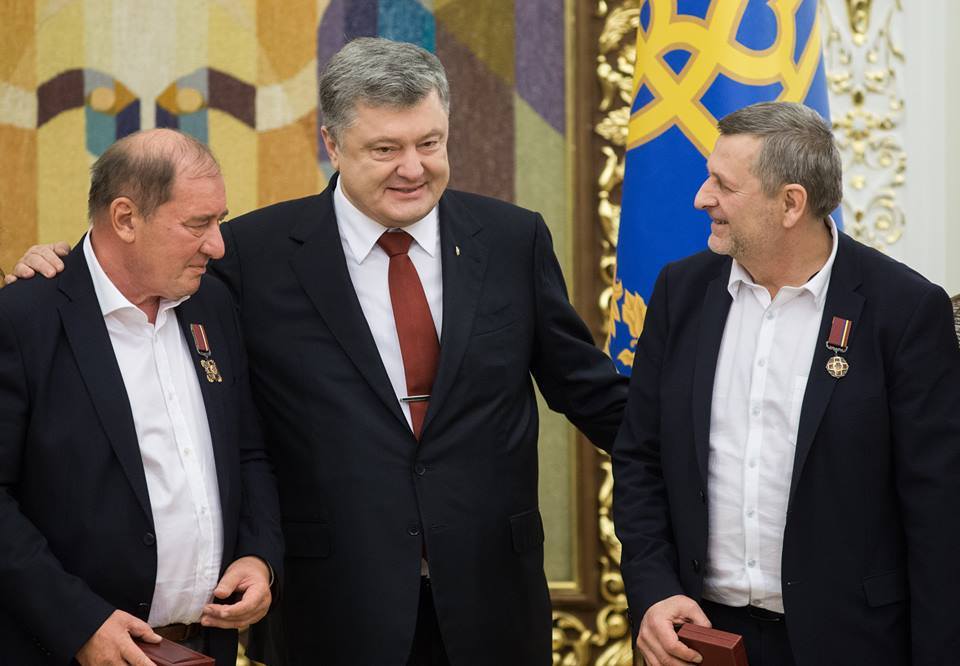Who are the ‘unknown soldiers’ in Crimea? Their weapons and social media profiles speak for themselves . What are the “unknown soldiers” in Crimea armed with – an expertise from The New Times with comments by French firearms expert Edmond Huet
The silent soldiers that appeared on Crimea’s streets on February 22, nicknamed ‘polite people’ by journalists for their gallantry, bear no insignia and still have not been formally identified. Russian President Vladimir Putin, at a press conference on March 4, claimed: "It was their local self-defense forces. We did not participate in their preparation." However, the weapons and military equipment at the disposal of these 'forces' often have a very clear national identity. At the request of New Times Photos of Crimea, military experts (who have preferred to remain anonymous) have analyzed photographs from Crimea; their analysis was later commented by independent French firearms expert Edmond Huet as per request of EuromaidanPR.
The New Times expert: Here everything is clear: we see before us a GAZ- 2975 ‘Tiger’ jeep worth $60,000, which was procured exclusively for the Russian army. Moreover, the military code of license plate is visible - 21 (North-Caucasian Military District).
Photo by @vezhlivo
The New Times expert: There is more evidence for the Russian identity of the ‘polite people’: a Guards Division icon is visible on the ‘Tiger’ on the right; probably, somebody forgot to camouflage it. The ‘Tiger’ itself is a new model, first shown to a mass audience at an anniversary parade on May 9, 2005.
Photo by: vg-news.ru
Edmond Huet: This rifle can not be confused with the Yugoslav ‘Zastava’. This is Dragunov’s semi-automatic precison rifle, and judging by the synthetic furniture (stock, handguard) – this is the latest version, which officially came into the service of Russia’s, and only Russia’s forces. Similar butts appeared on new models in the late ‘90s.
The rifle enables the shooter to hit a running man with the first shot at a distance up to 800 meters. It is also interesting that these ‘polite people’ carry weapons not by Russian, but by NATO standards. For example, weapons are carried barrel down, and the man in the background placed the barrel on his elbow, which is a feature of primarily the American and European armies. In the rifle expert’s opinion, this is a result of new Western methods being introduced in individual Russian special units.
Photo by @vezhlivo
The New Times expert: On the picture is the ‘hundred’ series of the Kalashnikov rifle, from the 101-105 family. This 1994 modification is currently the most famous and popular option for automatic weapons. The stock is made of glass fiber reinforced polyamid, the front sight and rear sight bases are made by precision casting. Until recently, this weapon was produced exclusively in Russia and was not officially delivered to Ukrainians. In 2006, the right to license the assembly was sold to Venezuela. In addition, the Governments of India and Indonesia acquired these licenses in order to reequip their armies. However, it is possible that these Kalashnikovs got to Ukraine illegally. (Edmond Huet: maybe a few pieces as contraband import, not enough to equip an army) Among other things, in this picture, despite the absence of chevrons and epaulettes, an officer can be distinguished (to the right of the other soldiers) – he can be recognized by a pistol on his hip and the radio on his shoulder, said the expert.
Photo by @vezhlivo
The New Times expert: These models are of the ‘hundred’ series once again, although on the left a more modern piece is captured, judging from the quality of the hull lines. The man on the right has a Russian-produced 93.2 series night vision device, which is not included in the list of standard weapons and is used in the Russian army relatively rarely, mostly by special forces.
Photo by vg-news.ru
The New Times expert: In this photo we see a traditional model of the ‘Kalashnikov’, known as the AK-74 5.45 mm. Its practical range is 440 meters on a chest size target. Now these samples are sold relatively freely, so both the Russian and Ukrainian military can be armed with it.
Photo by: @vezhlivo
Edmond Huet: this PKM was mistakenly taken by the The New Times experts for the 7.5 kg LMG (which is in fact a RPD in 7.62x39mm), while it actually weighs 8.99 kb with bipod and unloaded. The 7.5 kg rifle that was indicated in the original text is another lighter machine gun using the 7.62x39mm M43 cartridge -- this Light Machine Gun is no longer in use in the Russian army today. The 7.62x39mm still used by police forces in Ukraine. Berkut used a version of AK rifles chambered in 7.62x39mm. In 1979, the 7.62x39mm was officiallly replaced by a 5.45x 39mm cartridge and a new AK called AK-74 was used during the war in Afghanistan. The person at the far left holds the Kalashnikov machine gun: 7.62x54 mm, weight 8.99 kg.
Overall, the helmets, uniforms and bullet proof jackets are the latest Russian equipment.
Militias are being recently created in Crimea and equipped with Russian uniforms and helmets but wearing a white armband to differentiate them from the occupying Russian forces. Another interesting point is that these militias are seen on pictures like the one here carrying AK rifles in 7.62x39mm not in 5.45x39mm. This is to allow the occupiers who are also the suppliers to control the possibility of using weapons with ammunition seized from their own forces by a hypothetical armed resistance that does not exist for the time being.
Seizing 5.45mm cartridges from Russians would be of no use in 7.62mm AK rifles if these rifles were in the hand of the opponents. Moreover, the perforation capability of older 7.62x39mm bullets is insufficient against the ballistic protection worn by Russian soldiers. Only a 5.45mm bullet with a hardened core as used by the Russians or 7.62x54mm can penetrate the Russian ‘bulletproof’ jackets.
On this video, the calibre of the ammunition is easily seen: inside the green wooden box is 7.62, the other boxes are well marked as 5.45.
Apart from the weapons, there is more interesting evidence as to the nationality of the soldiers. Piotr Labudda sent a picture of a Stamped label on one of the soldier’s backpacks in Sevastopol through his twitter account.
Soldiers are posting their photos from Crimea into their profiles in the VKontakte social network (a Russian version of Facebook). Some of their division can be identified that way. For instance, this soldier’s photos enable us to trace his division: Military Intelligence.
Translated by Alya Shandra from The New Times, with material from Edmond Huet
Edited by James Hydzik




